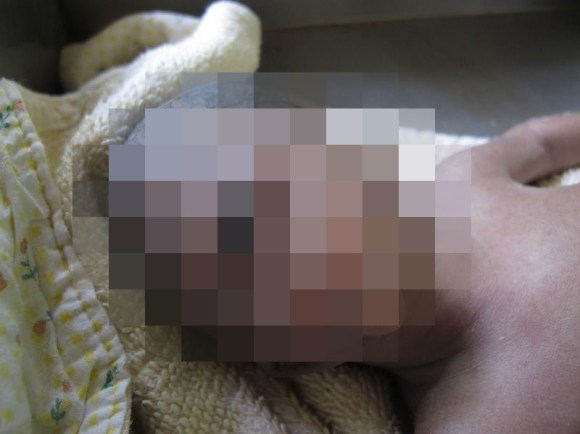
Cyclopia is one of the rarest forms of birth defect in which the baby is born with one or two eyes on the mid-forehead and the nose and mouth often either missing or nonfunctional. Because most babies born with Cyclopia lack the ability to breathe outside the womb, they usually pass away before birth or shortly after.
While most documented cases of Cyclopia have occurred in animals, there have been a few cases of human fetuses being affected.
Recently, photos of a cycloptic baby born in Cameroon earlier this year have been making headlines on the Japanese internet.
We’ve shared the photos below, but be warned that they are graphic in nature and may be disturbing to some viewers. Please click the link below at your own discretion.
While the photos above were originally posted to a Japanese blog, we were able to trace them back to the personal blog of Sean McCaffery, a Peace Corps volunteer stationed in Cameroon.
In a post dated July 26, 2012, Sean writes that he was visiting a local hospital when a nurse called him over to look at what he assumed was a newborn baby wrapped in a towel. As the nurse began pulling off the towel, Sean found that he was right: it was indeed a newborn, however:
“The baby had no mouth, no nose, and one severely deformed eye with two pupils. The nurse continued to pull away the towel, and at first, I was relieved. The torso, arms, and little hands seemed completely normal. But the nurse continued, and then pointed to the genital area of the baby, where I saw the child had both sets of genitalia and, according to the nurse, no anus.“
Sean continues to write that the baby was still alive and began twitching its arms and kicking its legs while he stood there. However, due to the absence of a mouth and nose, the staff could do nothing but wait for the baby to pass away from suffocation.
According to babymed.com, there are several known causes of cyclopia, all of which are related to high amount of toxins in the body during the formation of the fetus.
The mother of this baby was said to live in the bush, many kilometers away from the hospital, and it’s possible that she may have ingested some sort of toxic plant.
In 2011, a cyclopic baby was born in India but survived for only one day, despite having a mouth. Another cyclopic baby was born in India in 2006 and managed to survive for one month.
At the end of his post, Sean shares what he thought after seeing the child:
“The mother, carried and expected and hoped, for this child for nine months. Nine months. American’s can’t wait nine months for anything. We can’t even wait a few months to see the baby when it’s still in the womb. We criticize Africans for having no sense of delayed gratification, but we are absolutely the biggest hypocrites when we do that. Yet, our desire to see the baby isn’t all that selfish. If the equipment, such as an sonogram, had been available in the hospital, it is likely that the child’s deformities would have been seen early on, and that the mother never would have had to carry it to term. Her and her family would have been spared the tremendous emotional shock, disappointment, and shame.”
Source: Peace Corps: An African Adventure, Ronsoku (Japanese)

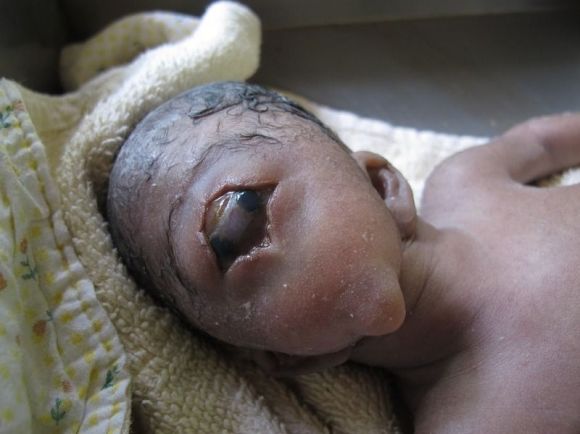
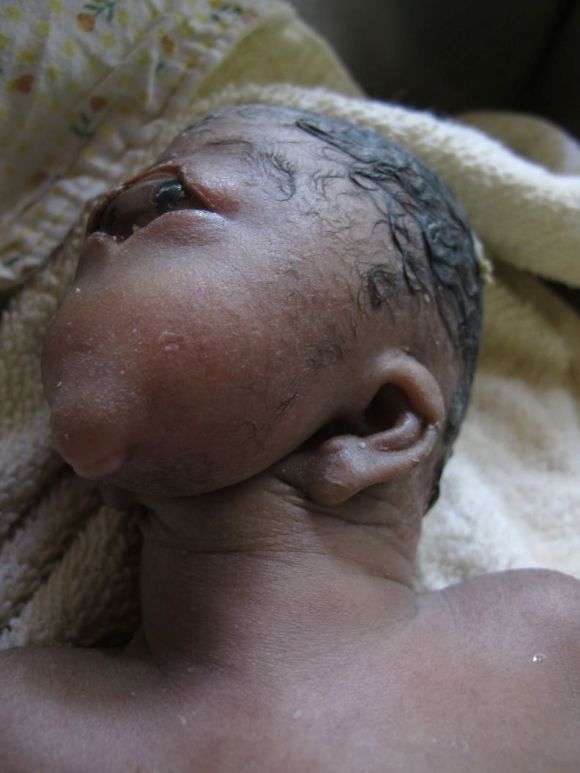
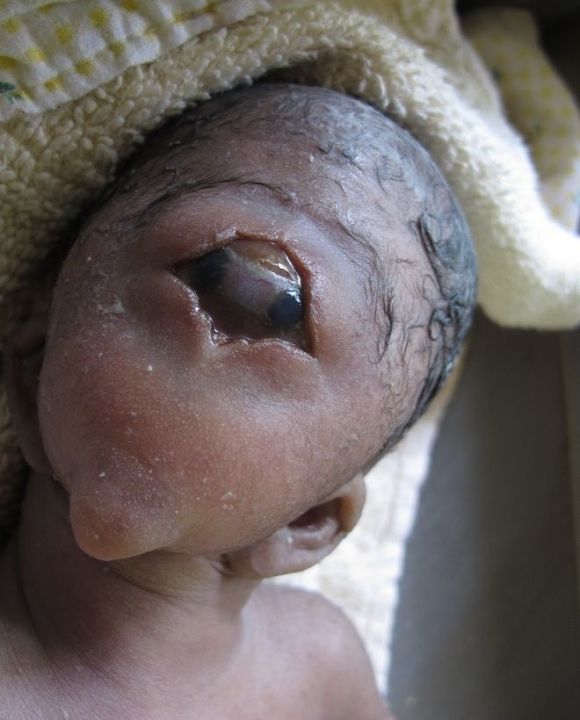
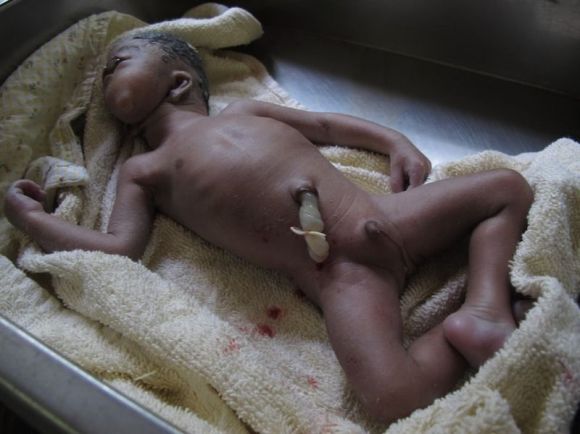
 Nurse in China dubbed “Angel Nurse” for breastfeeding child during major surgery
Nurse in China dubbed “Angel Nurse” for breastfeeding child during major surgery Woman delivers baby on passenger train just outside of Tokyo
Woman delivers baby on passenger train just outside of Tokyo 6 surprising things about having a baby in Japan
6 surprising things about having a baby in Japan Crazy Japanese “doctor” thinks babies live in clouds, choose their mothers from the heavens
Crazy Japanese “doctor” thinks babies live in clouds, choose their mothers from the heavens Totoro sequel anime, Mei and the Baby Catbus, to screen at Ghibli theme park this fall
Totoro sequel anime, Mei and the Baby Catbus, to screen at Ghibli theme park this fall McDonald’s new Happy Meals offer up cute and practical Sanrio lifestyle goods
McDonald’s new Happy Meals offer up cute and practical Sanrio lifestyle goods All-you-can-drink Starbucks and amazing views part of Tokyo’s new 170 meter-high sky lounge
All-you-can-drink Starbucks and amazing views part of Tokyo’s new 170 meter-high sky lounge More foreign tourists than ever before in history visited Japan last month
More foreign tourists than ever before in history visited Japan last month Starbucks reopens at Shibuya Scramble Crossing with new look and design concept
Starbucks reopens at Shibuya Scramble Crossing with new look and design concept Beautiful Sailor Moon manhole cover coasters being given out for free by Tokyo tourist center
Beautiful Sailor Moon manhole cover coasters being given out for free by Tokyo tourist center Arrest proves a common Japanese saying about apologies and police
Arrest proves a common Japanese saying about apologies and police The oldest tunnel in Japan is believed to be haunted, and strange things happen when we go there
The oldest tunnel in Japan is believed to be haunted, and strange things happen when we go there Our reporter takes her 71-year-old mother to a visual kei concert for the first time
Our reporter takes her 71-year-old mother to a visual kei concert for the first time Studio Ghibli glasses cases let anime characters keep an eye on your spectacles
Studio Ghibli glasses cases let anime characters keep an eye on your spectacles Awesome website allows you to make your own Dragon Ball character, battle other fighters
Awesome website allows you to make your own Dragon Ball character, battle other fighters Disney princesses get official manga makeovers for Manga Princess Cafe opening in Tokyo
Disney princesses get official manga makeovers for Manga Princess Cafe opening in Tokyo We try out “Chan Ramen”, an underground type of ramen popular in the ramen community
We try out “Chan Ramen”, an underground type of ramen popular in the ramen community Beautiful new Final Fantasy T-shirt collection on the way from Uniqlo【Photos】
Beautiful new Final Fantasy T-shirt collection on the way from Uniqlo【Photos】 Foreign English teachers in Japan pick their favorite Japanese-language phrases【Survey】
Foreign English teachers in Japan pick their favorite Japanese-language phrases【Survey】 Is the new Shinkansen Train Desk ticket worth it?
Is the new Shinkansen Train Desk ticket worth it? There’s a park inside Japan where you can also see Japan inside the park
There’s a park inside Japan where you can also see Japan inside the park Japanese convenience store packs a whole bento into an onigiri rice ball
Japanese convenience store packs a whole bento into an onigiri rice ball Studio Ghibli releases Kiki’s Delivery Service chocolate cake pouches in Japan
Studio Ghibli releases Kiki’s Delivery Service chocolate cake pouches in Japan Japan’s bone-breaking and record-breaking roller coaster is permanently shutting down
Japan’s bone-breaking and record-breaking roller coaster is permanently shutting down New definition of “Japanese whiskey” goes into effect to prevent fakes from fooling overseas buyers
New definition of “Japanese whiskey” goes into effect to prevent fakes from fooling overseas buyers Foreign passenger shoves conductor on one of the last full runs for Japan’s Thunderbird train
Foreign passenger shoves conductor on one of the last full runs for Japan’s Thunderbird train Our Japanese reporter visits Costco in the U.S., finds super American and very Japanese things
Our Japanese reporter visits Costco in the U.S., finds super American and very Japanese things Kyoto bans tourists from geisha alleys in Gion, with fines for those who don’t follow rules
Kyoto bans tourists from geisha alleys in Gion, with fines for those who don’t follow rules Studio Ghibli unveils Mother’s Day gift set that captures the love in My Neighbour Totoro
Studio Ghibli unveils Mother’s Day gift set that captures the love in My Neighbour Totoro Domino’s Japan now sells…pizza ears?
Domino’s Japan now sells…pizza ears? New Japanese KitKat flavour stars Sanrio characters, including Hello Kitty
New Japanese KitKat flavour stars Sanrio characters, including Hello Kitty Sales of Japan’s most convenient train ticket/shopping payment cards suspended indefinitely
Sales of Japan’s most convenient train ticket/shopping payment cards suspended indefinitely Sold-out Studio Ghibli desktop humidifiers are back so Totoro can help you through the dry season
Sold-out Studio Ghibli desktop humidifiers are back so Totoro can help you through the dry season Japanese government to make first change to romanization spelling rules since the 1950s
Japanese government to make first change to romanization spelling rules since the 1950s Ghibli founders Toshio Suzuki and Hayao Miyazaki contribute to Japanese whisky Totoro label design
Ghibli founders Toshio Suzuki and Hayao Miyazaki contribute to Japanese whisky Totoro label design Doraemon found buried at sea as scene from 1993 anime becomes real life【Photos】
Doraemon found buried at sea as scene from 1993 anime becomes real life【Photos】 Tokyo’s most famous Starbucks is closed
Tokyo’s most famous Starbucks is closed One Piece characters’ nationalities revealed, but fans have mixed opinions
One Piece characters’ nationalities revealed, but fans have mixed opinions We asked a Uniqlo employee what four things we should buy and their suggestions didn’t disappoint
We asked a Uniqlo employee what four things we should buy and their suggestions didn’t disappoint Princesses, fruits, and blacksmiths: Study reveals the 30 most unusual family names in Japan
Princesses, fruits, and blacksmiths: Study reveals the 30 most unusual family names in Japan Studio Ghibli’s new desktop Howl’s Moving Castle will take your stationery on an adventure
Studio Ghibli’s new desktop Howl’s Moving Castle will take your stationery on an adventure Japanese mother shares her baby bed wisdom: you can use storage boxes!
Japanese mother shares her baby bed wisdom: you can use storage boxes! Teeny tiny giant panda baby born in Japan【Photos】
Teeny tiny giant panda baby born in Japan【Photos】 Woman in Tokyo gives birth onboard one of Japan’s busiest train lines
Woman in Tokyo gives birth onboard one of Japan’s busiest train lines Nara Park’s first baby deer of the year has been born, is totally adorable【Video】
Nara Park’s first baby deer of the year has been born, is totally adorable【Video】 Thai mother endures more than 30 hours of labor to deliver stillborn baby in the name of science
Thai mother endures more than 30 hours of labor to deliver stillborn baby in the name of science Newborn baby sand cat totally melts hearts across Japan【Video】
Newborn baby sand cat totally melts hearts across Japan【Video】 Japanese mom finds dead dad’s Amazon cart has one last message of love for his grandchildren
Japanese mom finds dead dad’s Amazon cart has one last message of love for his grandchildren UNICEF: Japan safest country to have a baby
UNICEF: Japan safest country to have a baby Does this “Mother Milk” eau de toilette really smell like a newborn baby? We ask a baby
Does this “Mother Milk” eau de toilette really smell like a newborn baby? We ask a baby Newborn baby capybaras and proud mama pose for pictures at Nagasaki Bio Park 【Photos】
Newborn baby capybaras and proud mama pose for pictures at Nagasaki Bio Park 【Photos】 Baby Chanco: The Japanese baby with a full head of thick, lustrous hair
Baby Chanco: The Japanese baby with a full head of thick, lustrous hair Popular Japanese treat Tokyo Banana gets special makeover for baby panda’s debut at Ueno Zoo
Popular Japanese treat Tokyo Banana gets special makeover for baby panda’s debut at Ueno Zoo Pregnant Japanese woman’s ultrasound looks eerily like a character from anime Dragon Ball Z
Pregnant Japanese woman’s ultrasound looks eerily like a character from anime Dragon Ball Z Kyoto Animation arsonist develops a soft spot for nurse treating him at hospital
Kyoto Animation arsonist develops a soft spot for nurse treating him at hospital
Leave a Reply